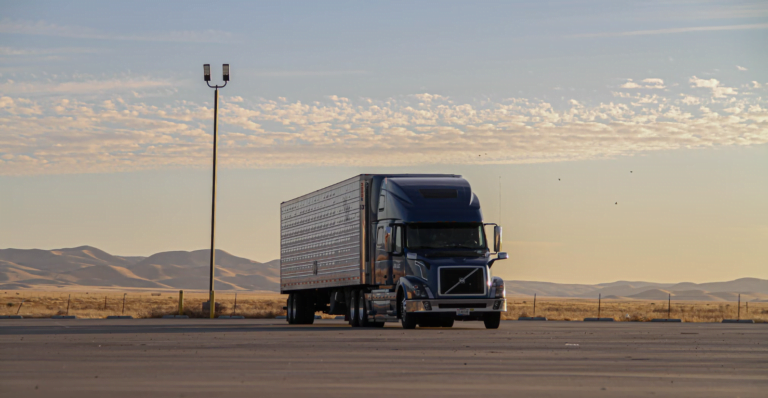Australia is dependent on trucks to transport goods but COVID plus an ageing workforce are putting pressure on the availability of drivers.
Our recent article covered the global shortage of shipping containers and the impact this issue is having on Australia but we are facing another delivery-related problem that is even closer to home.
With such a large expanse of land, our country is heavily reliant on trucks to transport goods from city to city. And, for the time being at least , those trucks need drivers. However, Australia is currently facing a shortage of people who are willing and able to get behind the wheel.
A few factors have combined to create the perfect storm.
Firstly, COVID has led to increased demand for delivery drivers. Unable to get to the shops, people are making purchases online which need to be delivered to their front door. This includes groceries as well as luxury items.
In WA, long haul truck drivers are in high demand due to a resurgence in the mining industry. However, with mining jobs being very well paid, it is difficult to get the truck drivers to support the demand. As reported by the ABC in August, many companies are finding themselves with dozens of ‘positions vacant’, with the problem intensifying over the past few months.
When state borders are closed in Australia, people seeking work as drivers find it difficult to travel to take up positions as drivers. When borders are open, the increase in local tourism means there is added demand coming from grocery stores and other venues in regional towns, further adding to the truck driver shortage.
COVID has also limited the number of migrant workers entering the country, exacerbating the issue even further. Some advocacy groups are pushing for truck drivers to be added to the priority list for migration so this problem can be resolved, however this is not an easy win right now due to the lack of people able to travel in the first place.
Finally, shutdowns of depots due to COVID outbreaks, and an ageing workforce (the transport sector has the second oldest workforce in Australia behind the agriculture industry) are adding insult to injury when it comes to the truck driver shortage.
Side-stepping the truck driver shortage crisis
If your business relies on deliveries from truck drivers, communication and good relationships are key.
As a customer, you need to work with the resources you have and stay in control of the factors you do have some sway over. This includes maintaining a good relationship with your supplier and giving clear updates to your customers so you can manage their expectations.
Working with a freight agency that deals with carriers on a regular basis and knows who to recommend for domestic freight requirements will also help to carry your business through this crisis. Your agency will have its finger on the pulse and be able to let you know what’s realistically achievable in the current climate.
Going forward, there are plenty of potential solutions, including high-tech delivery options (think drones and self-driving vehicles, which are not as futuristic as they seem), plus the hope of borders reopening to enable an influx of workers. In the meantime, it’s about being clear on what’s achievable and conveying this to your customers so they understand when to expect their delivery.
Need a reliable delivery service? Talk to the experts at EFS.






